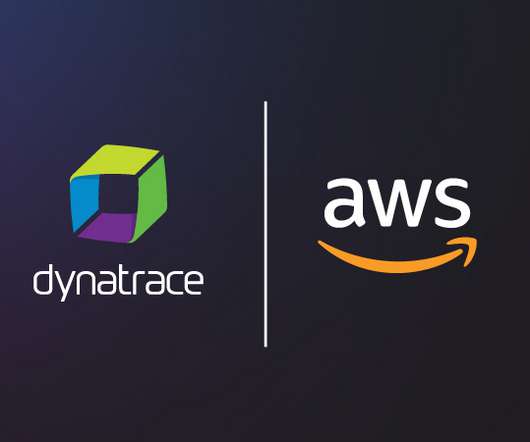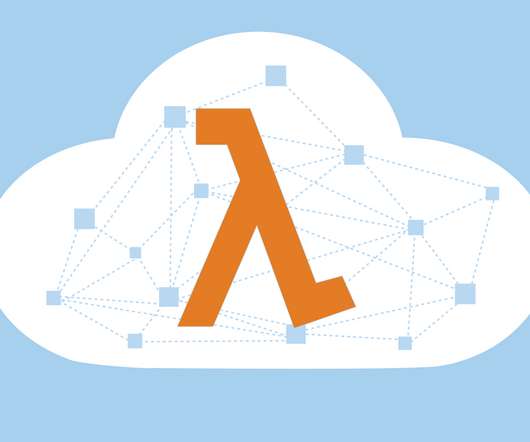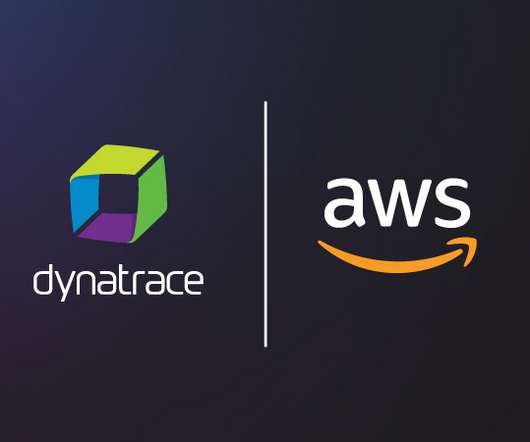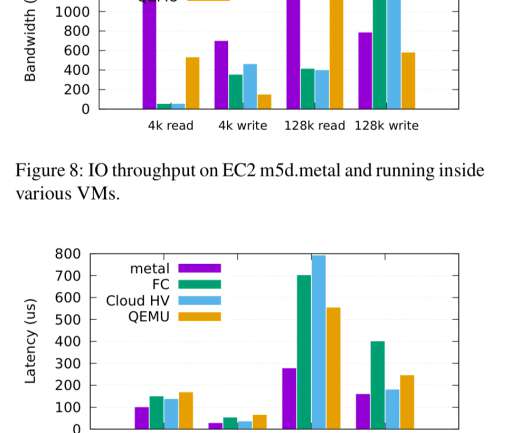AWS observability: AWS monitoring best practices for resiliency
Dynatrace
NOVEMBER 22, 2021
These challenges make AWS observability a key practice for building and monitoring cloud-native applications. Let’s take a closer look at what observability in dynamic AWS environments means, why it’s so important, and some AWS monitoring best practices. AWS Lambda. What is AWS observability?





















Let's personalize your content